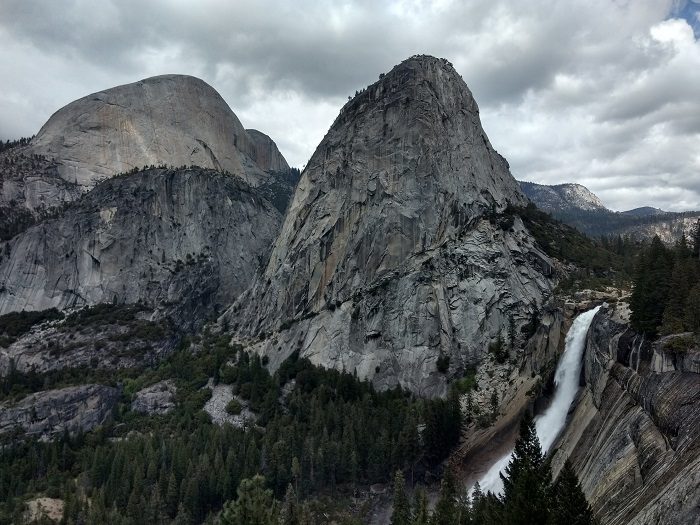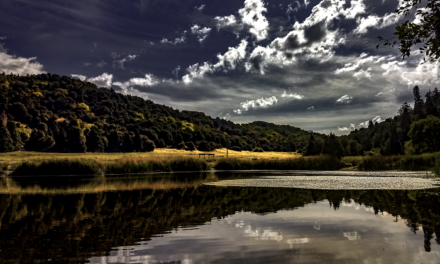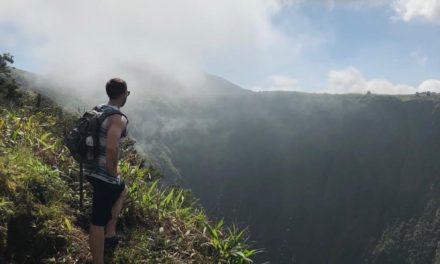Each spring and early summer an important weather phenomenon occurs off the coast of California. This weather pattern consists of cloudy overcast skies and cooler temperatures along the immediate coast. Officially the water pattern is known as the marine layer and is a very significant and integral part of supporting the coastal habitat.
Marine Layer Matters
Over the years the marine layer has earned itself many various nicknames: May Gray, June Gloom, and No Sky July. The marine layer can occur at any point throughout the year. However, it is most common in the late spring and early summer months along the coastal hills and valleys of California .
Without getting too complicated, the coastal fog is caused by two major factors. Local wind patterns bring cooler ocean air to interact with warmer air inland. The temperature differences allow moist sea air to condense. In turn, water vapor forms into clouds and sometimes light rain or drizzle.
The marine layer often brings many complaints from sun seeking tourists that flock to the coastal areas from May to July. The surprise is finding out that there’s actually no sun to be had at the beach. Locals however are more keen and know that May and June can be some of the worst days for coastal activities.
Marine Layer Moisture
Tourist complaints aside, the coastal fog of California is vital to many of the plant and animal species that make themselves home to the coastline and inland valleys. In recent years, it is estimated that summertime fog hours have decreased by about 33 percent. Poor fog years can place a significant strain on the environment.
Coastal California has very dry summers and most of the annual rainfall occurs between the months of December to March. In some areas of Southern California where annual coastal rainfall averages between ten to twenty inches, fog has become essential for the survival of plant and animal species.
Many plant species have special adaptations that allow them to make use of the water available in the marine layer. For example, the Torrey Pine is able to use it’s unique pine needless to catch moisture in the air. The moisture forms to droplets of water that fall to their shallow root system. Several different types of chaparral plants have waxy leaves that depend on the marine layer to help retain moisture through hot summers. The towering redwood trees along the Northern California Coast are able to absorb water through their leaves for additional water consumption.
Key Ways Coastal Fog Is Vital To California
- Plants along the fog line are able to catch moisture in their leaves, absorb water, and drip moisture to their root system.
- Cool and dense fog layers help to retain soil moisture from winter rains.
- Small mammals, birds, and reptiles use moisture droplets formed on plant leaves to help with hydration.
- Healthy fog years help to reduce summertime air temperatures and reduce the fire risk by helping with overall moisture levels.
- A healthy marine layer is attributed to helping cleanse the air of pollutants.
Still, sunny days along the coast are always great for business. Even locals grow weary of a long stretch of May Gray and June Gloom. So, the next time there’s a long stretch of overcast skies, take a moment to think how beneficial the marine layer can be. In the mean time, try a hike that will get you some elevation above the clouds.
Sources:
1. https://www.usgs.gov/centers/wgsc/science/pacific-coastal-fog-project?qt-science_center_objects=0#qt-science_center_objects





